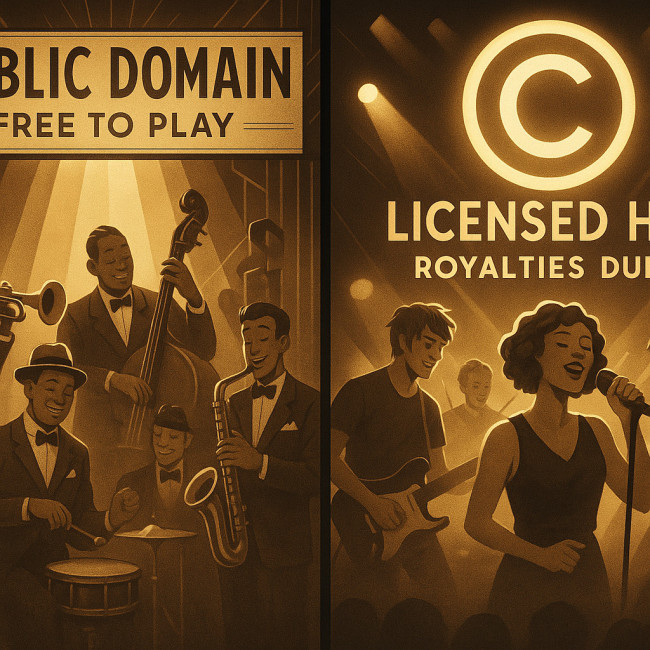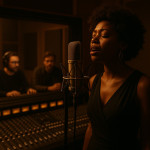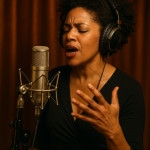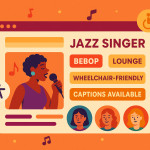Public-domain jazz standards vs licensed hits: avoid legal pitfalls on stage
Thinking of peppering your set list with swing classics and Billboard-topping tunes? Understanding the difference between public-domain jazz standards and licensed hits saves you from last-minute set cancellations, surprise invoices and potential lawsuits. This guide walks you through the key legal concepts, practical workflows and money-saving tips so you can focus on the music—not the paperwork.
Why the distinction matters

When you perform a song, two separate copyrights come into play: the composition (melody and lyrics) and the sound recording (a specific performance of the song). Public-domain jazz standards are compositions whose copyrights have expired. Licensed hits, on the other hand, still belong to rightsholders who expect payment for every public use. Failing to separate the two can trigger fines that dwarf your gig fee.
What counts as a public-domain jazz standard?
- Any composition published in the United States before 1929 (rolling date, updated every 1 January).
- Works explicitly dedicated to the public domain by the composer's estate.
- Foreign works whose U.S. copyright protection was never renewed.
Favourites such as “St. Louis Blues” (1914) and “Royal Garden Blues” (1919) are free to arrange and perform. However, if you plan to use a famous 1950s recording of “St. Louis Blues,” you still need permission for the sound recording.
Licensing hits: three scenarios you can't ignore
1. Live performances in venues
Bars, theatres and festivals must hold blanket licences from performing-rights organisations (PROs) like ASCAP, BMI or SESAC. Always confirm the venue's licence status in your contract. If they're unlicensed, the band is liable.
2. Livestreams and hybrid gigs
Streaming a cover on social platforms triggers a separate digital right. Read this checklist before you go live in our livestream licensing playbook.
3. Recordings you sell or give away
Even a “free” download requires a mechanical licence. In the U.S., that's a statutory 12.4 ¢ per physical or digital copy. Platforms such as the Harry Fox Agency or Songfile automate the paperwork but charge service fees.
Comparison table: public-domain vs licensed repertoire
| Aspect | Public-domain jazz standard | Licensed hit |
|---|---|---|
| Composition copyright | Expired – free to use | Active – get permission |
| Sound recording copyright | Depends on recording date | Usually active – licence needed |
| PRO fees for live play | None | Paid by venue or performer |
| Mechanical royalties | None | 12.4 ¢ per unit (USA) |
| Creative freedom | Any arrangement, any lyrics | Changes require new approval |
Step-by-step workflow to stay compliant
- Audit your set list. Mark each tune as public domain, licensed cover or original.
- Vet the venue. Request proof of PRO coverage before signing.
- Secure mechanical licences. Use Songfile or similar for any distributed cover.
- File cue sheets for livestreams. Platforms like YouTube auto-detect music; mismatches mute your stream.
- Archive your paperwork. Keep digital copies in a cloud folder shared with your manager and label.
Money-saving tips for working musicians
- Lean on public-domain jazz standards for opener and encore slots to reduce royalty exposure.
- Record new arrangements of public-domain tunes. They feel fresh, yet cost nothing in composition fees.
- Bundle licensing across multiple songs to negotiate discounts with publishers.
- Join union or industry associations that offer blanket licences at member rates.
Case study: The trio that slashed costs by 70 %
A Chicago jazz trio swapped half of its licensed hits for public-domain jazz standards during a 20-date Midwest tour. They:
- Saved $1,860 in mechanical royalties on limited-run CDs.
- Cut venue PRO surcharges by 40 % because fewer copyrighted works appeared in set lists.
- Gained press buzz for their reharmonised take on “Way Down Yonder in New Orleans.”
Integrate legal awareness into your brand
Legal diligence is part of professional branding. Combine it with solid storytelling from our branding essentials guide for jazz vocalists and performance clips explained in this improvisation reel tutorial. You'll signal reliability to talent buyers browsing the Artfolio jazz-singer directory.
Mini-quiz: are you licence-ready?
FAQ
- Can I change the lyrics of a public-domain jazz standard?
- Yes. Once a composition is in the public domain, you can adapt, rearrange or rewrite lyrics without permission.
- Do I need a licence for a public-domain song if I sample a 1960s recording?
- Yes. The sound recording is still protected. You either re-record the piece or secure a master-use licence.
- How do international gigs affect licensing?
- Each country has its own term length and collection societies. Verify local rules and budget for additional fees.
- Is YouTube's music library enough for cover compliance?
- Only if you select tracks labelled for both cover and monetisation. Otherwise, claims can still apply.
- What happens if I ignore licensing rules?
- Penalties range from stream takedowns to statutory damages of up to $150,000 per wilful infringement in the U.S.
Key takeaways for stress-free performances
- Use public-domain jazz standards to anchor your set and showcase originality.
- Confirm venue licences and secure mechanical rights well before promo starts.
- Document everything—screenshots, receipts, cue sheets—for bulletproof compliance.
Master these steps and you'll deliver swing-filled shows that thrill audiences, impress bookers and keep lawyers off the guest list.











